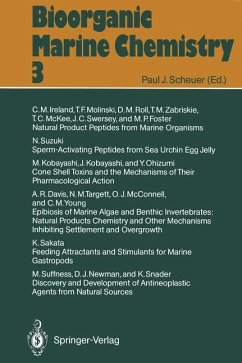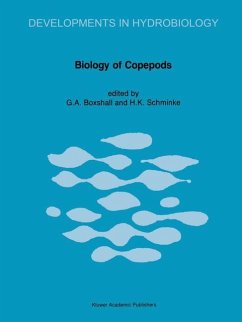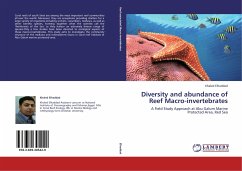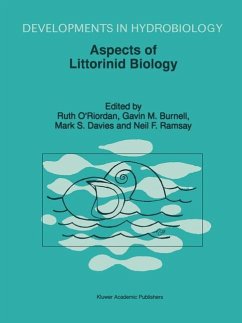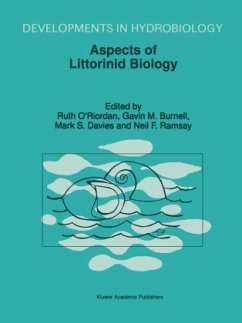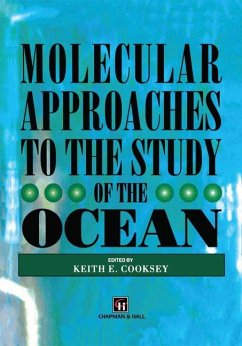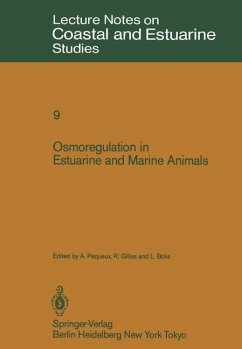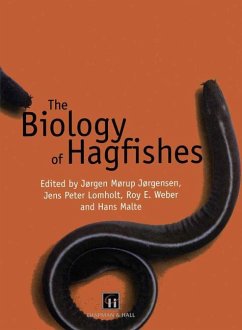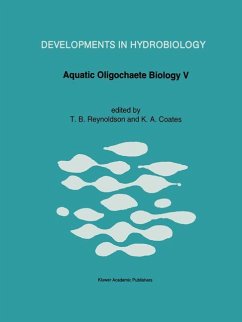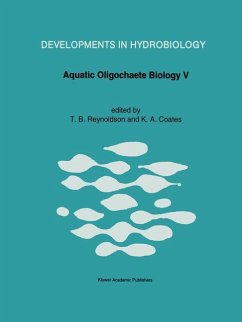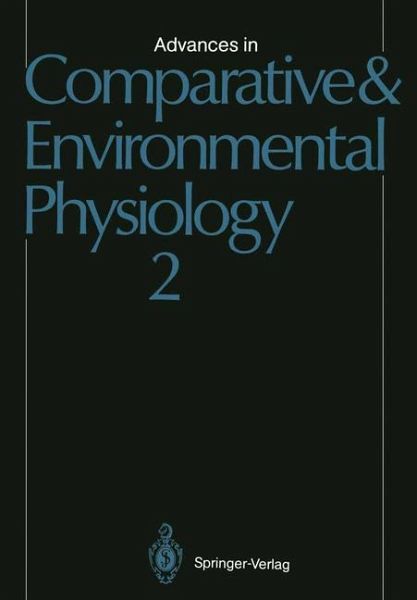
Advances in Comparative and Environmental Physiology

PAYBACK Punkte
39 °P sammeln!
Advances in Comparative and Environmental Physiology provides comprehensive, integrated reviews giving sound, critical, and provocative summaries of our present knowledge in environmental and comparative physiology, from the molecular to the organismic level. The field has now gained the international status it deserves and the organization of a series devoted to it is very timely in view of its actual rapid development. Biologists, physiologists, and biochemists, independently of their basic scientific orientation, will find this new series of major interest.



